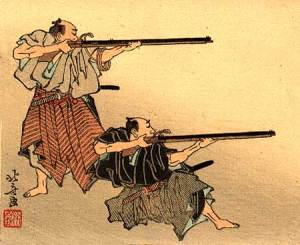From Shiro Kuma's Weblog by kumafr
We have been training quite a lot with the tachi in the past weeks. When in Japan I was quite surprised to see that the blades used by sensei and the shihan were not that long after all.
I have a few tachi (long and normal) and I found that the qualificative of tachi only applies to the mounting (edge up / edge down) as it gives or close new angles in the drawing process.
For example the hontai nuki gata is given when using a tachi as the edge is aready down. Then the size of the blade doesn’t matter that much. In fact with a long blade the movement is as difficult as when using a regular size blade.
In tate nuki gata, the blade is used not vertically but a shield (tate) this can be done with both ways of wearing the sword but proves to be easier when having a koshiate (holster) hanging down from the belt as it gives more space to turn around the blade even if it stays totally or partly into the saya.
In my opinion the terminology defining the tachi as a long blade was added after the war period not when they were using the tachi but after during the peace time period.
One day I asked sensei about the size for a tachi: “Arnaud, size doesn’t matter as long as you can use your sword freely”.
 … Read More
… Read More


 …
… 
 …
… 
 …
… 
 …
…